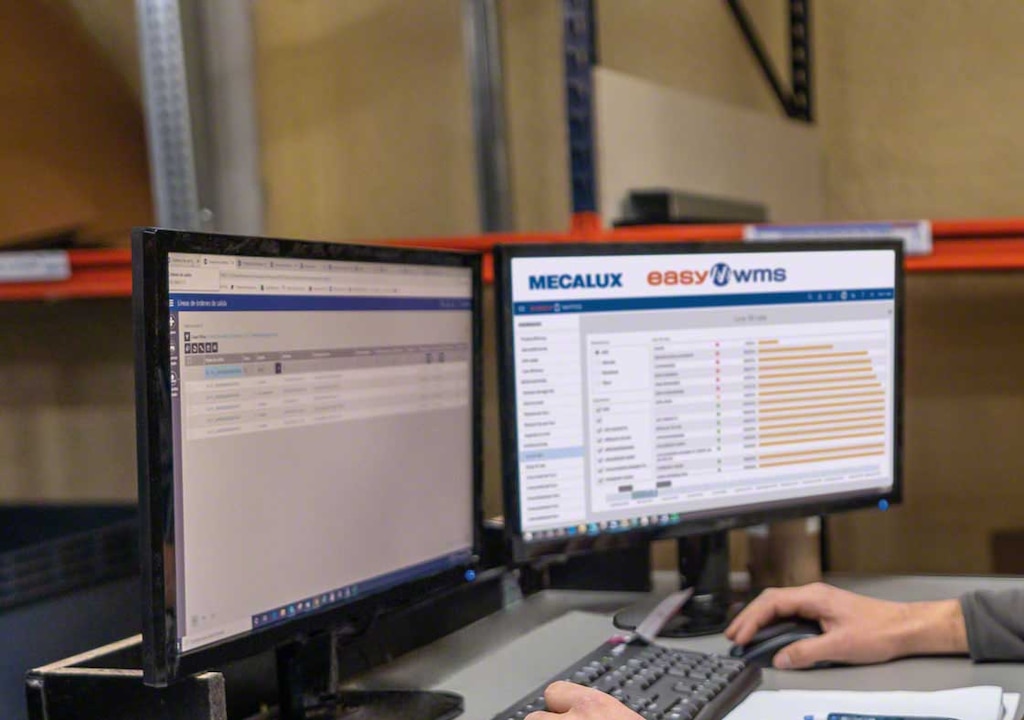
SKU proliferation: how to manage it successfully
SKU proliferation is a process by which a company adds products or SKUs to its inventory. Imagine that the demand for one of your items skyrockets. Why not sell variations of that same product to satisfy the demand? That would increase your sales and, thus, your revenue.
Although it might seem like a great idea, it’s clear that the rise in SKUs will impact production as well as logistics operations. Businesses need a flexible supply chain strategy that helps them to store more goods while coping with a growing number of orders.
In this post, we analyze SKU proliferation, its implications on logistics, and how companies can cope with this phenomenon effectively.
What is SKU proliferation?
We can define SKU proliferation as the process whereby you add more items to your inventory for the purpose of reaching more customers and, consequently, stimulating sales. Technological advances and market changes, such as the rise of omnichannel logistics, have forced companies to incorporate new items into their catalogs.
An organization could raise the number of SKUs (stock keeping unit) it sells in order to beef up its customer portfolio. For instance, a mouthwash firm might manufacture additional flavors to satisfy more customers. This way, each customer would be able to find and purchase their favorite flavor without having to look for it in your competitor’s product offering.
SKU proliferation drawbacks
SKU proliferation complicates logistics operations, forcing companies to carry out rigorous inventory control. Below are some of the disadvantages of SKU proliferation:
- Lack of demand planning. Increasing the number of SKUs is a decision requiring a study on potential customers and on the market situation.
- High probability of error. Companies that manage large inventories run the risk of making mistakes in storage and order processing tasks. Likewise, some items could become obsolete.
- Rise in costs. Having more products entails higher storage costs. You’ll also need more resources to manage the goods (operators to store them and prepare orders, handling equipment, etc.).
- Tied-up capital. SKU proliferation involves tying up a large amount of stock in the warehouse. Unless the turnover of these products is high and, hence, they’re distributed swiftly, most of these SKUs will remain stored for a long time. That capital could be allocated to other areas.
Due to the risks posed by SKU proliferation, there are companies that correct this phenomenon by means of the opposite strategy, SKU rationalization. This means reducing the number of SKUs, keeping the best sellers and/or the most lucrative and, consequently, cutting storage and management costs. This improves the profitability of the company, albeit at the cost of decreasing its visibility.

SKU management in the facility
The only way to tackle a growing number of SKUs is by optimally organizing your warehouse.
For starters, speedy operations are a must. Movements in these facilities should be sufficiently fast to ensure agile distribution of products (and, thus, to receive and store more goods).
Logically, the warehouse may seem smaller as the number of SKUs swells. That’s why it’s ideal to be equipped with storage solutions that, in addition to accommodating the maximum number of products, facilitate goods management. In the case of pallets, mobile racks are a good solution for increasing storage capacity while maintaining direct access to the SKUs.

Meanwhile, it’s also important to have total visibility of stock to be able to plan shipments according to availability and the number of orders pending preparation. Inventory control streamlines all operations: from the appropriate location assignment of the goods to speed in order preparation.
And for that reason, it’s essential to implement a warehouse management system such as Easy WMS from Interlake Mecalux. This software incorporates rules and algorithms to distribute SKUs strategically based on available warehouse slots and on the orders to be prepared. At the same time, it organizes operations in order to boost productivity.
Nevertheless, besides proper organization and streamlined operations, what a facility really needs is the ability to analyze and interpret everything that happens in it. Easy WMS from Interlake Mecalux features the Supply Chain Analytics Software module. This extension of the WMS structures the data produced every day in the warehouse, converting them into useful information through logistics KPIs such as order preparation rate, goods received per hour, and location occupancy percentage, among others.

The antidote to SKU proliferation? Efficient stock control
SKU proliferation is a strategy aimed at ramping up sales: with many products in stock, you can serve more customers and, as a result, more revenue. The hitch lies in the impact it has on logistics and production processes. So, if you don’t manage SKU proliferation optimally, you need to reverse the process via SKU rationalization.
With more products in stock, they need to be controlled more strictly so as to avoid mistakes. You need to be fast to prepare more orders in the shortest possible time and to make sure your goods are properly arranged so they don’t become obsolete.
All these factors lead to a single solution: a warehouse management system (WMS). This program ensures improved organization and control of the facility, which has a positive effect on productivity. Be sure to get in touch. We’ll show you all of Easy WMS’s advantages and explain how it’s capable of advanced stock management.
